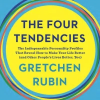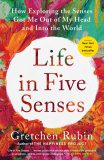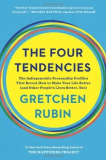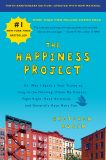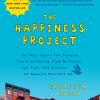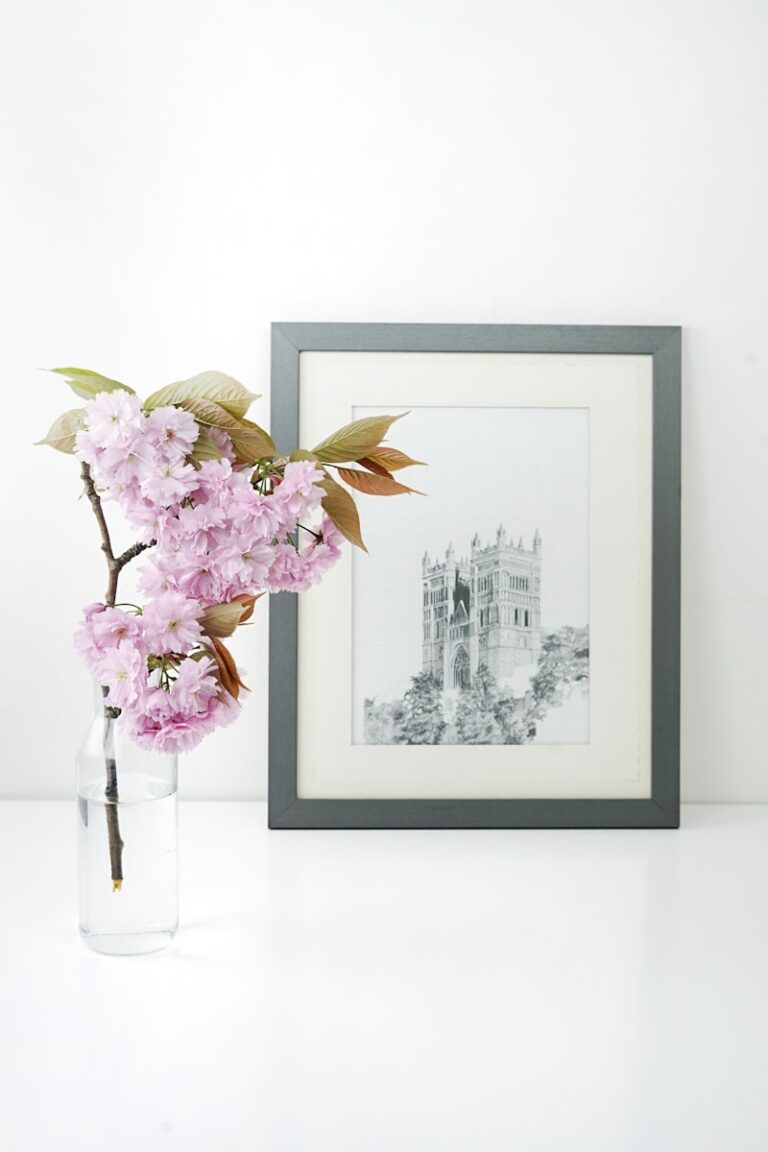Elizabeth and I are pulling together our annual “21 for 2021” list.
What is that, you ask? A “21 for 2021” list is a list of 21 concrete things we want to accomplish by the end of 2021.
We got this idea back in 2017, when our listener Mary created her own happiness project by listing 35 things she wanted to do in her 35th year. We decided to adapt this terrific idea for the new year.
This is the third year we’ve tried this approach. In episode 149, we talk about our “18 for 2018” lists; in episode 203, we discussed our “19 for 2019” lists; and in episode 255, we talk about our “20 for 2020” list.
Stay tuned for tomorrow’s episode, in which we review our progress on our “20 for 2020” lists.
Now, why make a “21 for 2021” list at all?
Research shows that people who construct their goals in concrete terms are 50 percent more likely to feel confident they will attain their goals and 32 percent more likely to feel in control of their lives.
On so many levels, this year of 2020 has been extraordinarily challenging, so it’s exciting to think ahead to the possibilities of 2021. Of course, it’s a bit of a fiction to think that January 1 will bring a massive change, but the new year still presents an opportunity for reflection and renewal.
There’s something fresh and fun about making a 21 for 2021 list. Some people (like me) enjoy New Year’s resolutions, but many people (like Elizabeth) have bad associations with them.
Somehow, this approach makes it more pleasant to think about what we want for the new year—it feels more hopeful and helpful.
We’ve heard from so many listeners about their lists, many of whom have also had interesting twists on the idea. For example:
- make a list of things that you’ll stop doing
- use your birthday instead of the calendar year, such as 30 by 30.
- tailor it to single area of your life, like work, fun, or family life
- create a list with others, such as a sweetheart or family, to tackle the items together
- decorate your list
- make a list that only includes things that are fun
- use the number 21 within the list, such as “Read 21 books” or “Visit 21 diners”
- make item #21 “Swap out one item on this list for something I’d rather do”
And of course, a person’s Tendency tends to influence how they might construct or view their list:
- Upholders tend to enjoy and succeed at this kind of exercise
- Questioners will do it if it makes sense to them; they might resist the arbitrariness of using the number “21” (fine to pick a different number!), and they’ll follow through only if an item continues to make sense to them
- Obligers will need outer accountability for every item on the list — even the things that are fun! Get your outer accountability, Obligers!
- Rebels might list the things they could do, if they felt like it; or they might make a list and immediately cross certain things off
(Don’t know if you’re an Upholder, Questioner, Obliger, or Rebel? Take the free, quick quiz here. More than 3.2 million people have taken the quiz.)
We’ve had a huge response from listeners and readers about these lists, and I think that one reason that this approach resonates is that it seems more playful than the usual New Year’s resolutions.
As I’ve studied happiness and habits, I’m very struck by how the same activity can be much more appealing—or not—depending on how we frame it, the vocabulary we use, and how it suits our individual nature, values, and preferences.
Would you rather “practice piano” or “play piano?” Would you rather “Turn out the light earlier” or “Get more restful sleep?” Would you rather “Give up sugar” or “Quit sugar” or “Cook for myself?”
Now, we may have to abandon this approach when 2067 rolls around! But 21 seems like a manageable number: long enough to allow for variety and a good mix, but not so long that it can’t be printed on a single piece of paper.
It would be fun to cross every item off the list, but neither Elizabeth nor I have managed to do that yet.
And because of COVID-19, we both are ending 2020 with an unusually few numbers of completed items.
Nevertheless, I’m very glad we made the list. The key question is: Did making this list help us to be happier, healthier, more productive, or more creative by the year’s end?
And it absolutely did—even if things didn’t happen the way we expected.
Will you make a “21 for 2021 list?” I love to see people’s lists—it’s fascinating to see what people do with their list—so if you’re so inclined, post it to #21for2021. We can get good ideas and encouragement for each other. (Plus Elizabeth and I have both cribbed items for ourselves off other people’s lists.)
In January, on the Happier podcast, Elizabeth and I will share our 21 for 21 lists. I’ve had a great time figuring out what I want to include.
Sharing lists can be a great ice-breaking exercise. People’s lists reveal a lot about interests, values, and aspirations—it’s an interesting glimpse into someone’s personality, but it’s not so intimate that it feels inappropriate.
If you’d like a sheet where you can write your “21 for 2021” list neatly, download yours here.
Onward in 2021!

